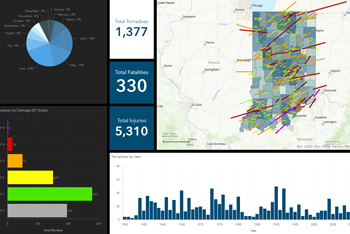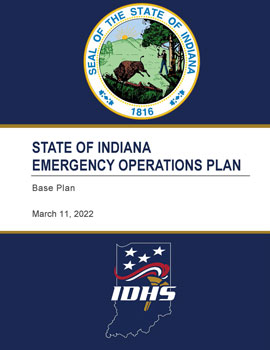About the Planning and Assessment Section
The Planning and Assessment Section is a comprehensive section that assists the state government, local governments and the private sector plan prepare for and estimate all levels of outcomes for a disaster, natural or manmade.
This section develops, maintains and enhances more than 70 state-level emergency plans and ensures compliance with federal guidelines. This includes overseeing compliance with the National Incident Management System (NIMS). It also works at the local level and provides planning templates, guidance, review and feedback of emergency plans to counties and businesses.
The Planning and Assessment Section also collaborates with other IDHS sections to provide expertise to plans being validated by the Exercise Section, training data to the Training Section from responses collected from local county governments and businesses and more.
Upcoming Events and Deadlines
Note: Not all events on the IDHS calendar are organized, hosted or sponsored by IDHS or other state agencies. Some events are included for informational purposes as events that the public or first responders may find beneficial.
The Planning and Assessment Section manages the reporting cycles for several assessments and surveys of emergency management agencies statewide:
| Assessment or Survey | Deadline (Frequency) |
|---|---|
| Hazard Identification and Risk Assessment (HIRA) | January 30 (every three years: 2021-2024-2027) |
| Threat and Hazard Identification Risk Assessment (THIRA) | October 31 (every three years: 2022-2025-2028) |
| Stakeholder Preparedness Review (SPR) | October 31 (annually) |
| Special Event Assessment Rating (SEAR) | August 26 (annually) |
| NIMS Compliance Survey | November 15 (annually) |
| Comprehensive Preparedness Guide (CPG) 101 Compliance Survey | November 15 (annually) |




